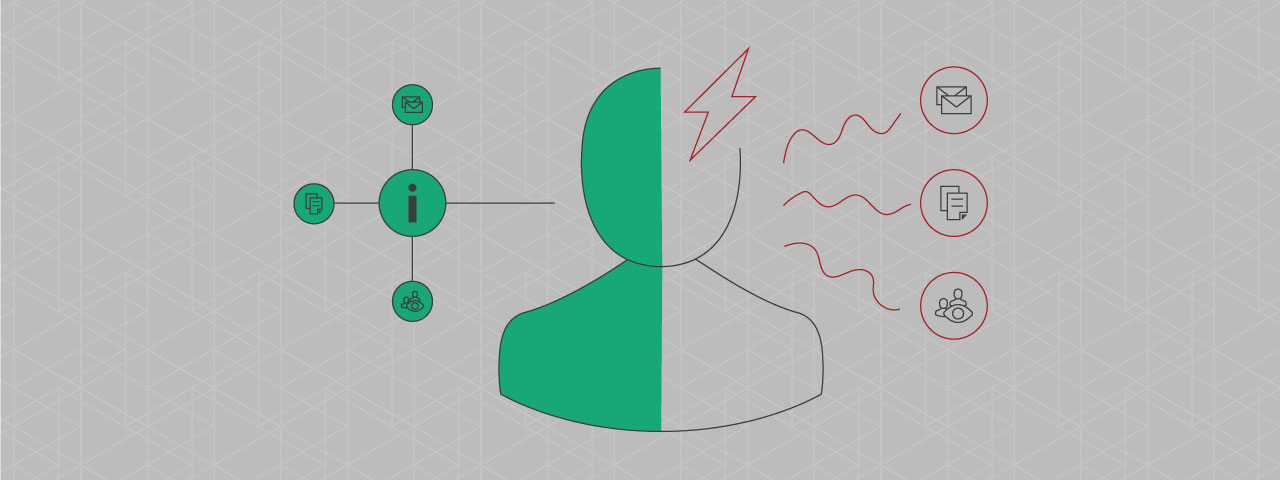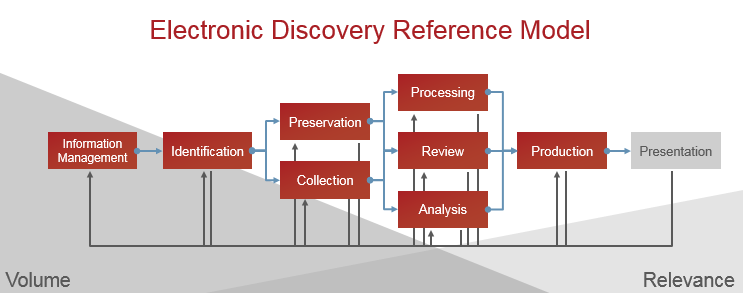
Of all the hurdles that come with litigation, eDiscovery headache may be one of the worst. Although the relevant amendments to the Federal Rules of Civil Procedure came about in 2006, organizations are still struggling.
Since then, technology has drastically changed the way information is created, stored, and spread. While a fragmented approach may have made sense at the advent of eDiscovery, times have changed; and the volume of electronic data and data sources to be collected has grown exponentially. It’s alarming that moving through the EDRM—especially the left side—is still causing such headaches for organizations large and small alike.

The Reactive eDiscovery Headache
Too often, legal departments treat information governance as a minor component of the eDiscovery process, a process which is only attended to when absolutely necessary. I believe many of the issues with eDiscovery today start here.
Litigation, with its huge associated costs, does not lend itself well to reactive solutions. If information governance is treated as a separate entity to be performed only when litigation hits, too much work is done inefficiently and unproductively. It becomes a mad scramble to discovery necessary data. From identifying custodians to placing them on legal hold and scrambling thousands of applications for relevant data, this process is extremely complex. The process can take an absurd amount of time and a wealth of resources, all of which get fully replicated with each and every case. Litigation is stressful enough—an internal scramble to find vulnerabilities and ensure defensible collection only makes things worse. Unfortunately, the reactive approach causes more problems than it solves.
Proactive eDiscovery: The Cure
When Information Governance is performed correctly and succinctly from the start, there’s no scrambling left to do. That’s the benefit of proactive eDiscovery. With data having undergone thorough content indexing prior to litigation and single instancing already performed to cut review costs, every step of the EDRM becomes simpler. These benefits then carry on to every case, meaning effort isn’t being replicated with each new case.
With the peace of mind that your data is one repository and can be located through a quicker and more granular search than ever, eDiscovery becomes an opportunity to demonstrate how well your internal systems work rather than a painstaking demonstration of the dire need for change. Early case assessment becomes relatively quick and painless, leaving your organization able to holistically understand its data and position exponentially quicker. As the adage goes: “If you can’t win, lose early.”
For organizations performing proactive eDiscovery, the EDRM really starts at the Review & Analysis stage. When litigation hits, data has already been culled and indexed. Legal hold is quick to apply, meet and confers easy to prepare for. Having a more nuanced set of data makes export into external review tools or to outside counsel considerably cheaper, as well.
With information governance proactively performed, eDiscovery headache should no longer strike fear into organizations as it has since 2006.
Related Posts
Additional Resources
A New Approach to eDiscovery Search
Gain an early case advantage with enterprise-wide search...
Win or Settle Early with Proactive eDiscovery
Insight into electronic evidence is critical early in a case. However, insights are limited by the constraints of today’s search…...
Why File Disposition Is Necessary
More than 30% data in file shares are ROTs....


